A Norfolk bungalow has been transformed through a deft sculptural remodelling
North Sea East Wood is the radical overhaul of a Norfolk bungalow, designed to open up the property to sea and garden views
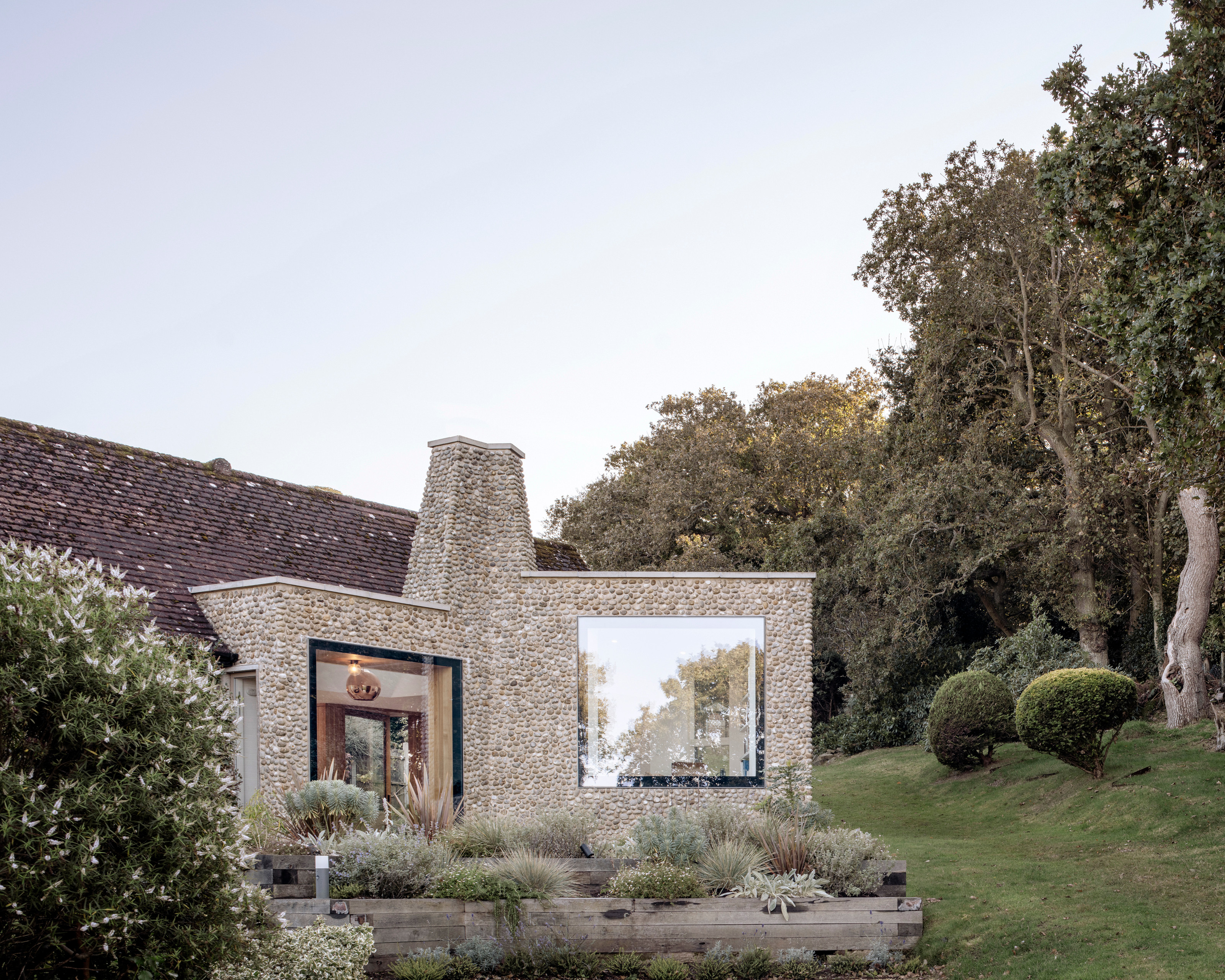
A 1980s Norfolk bungalow might seem like a prosaic starting point, but in the hands of architects Hayhurst and Co, it has provided a welcome and rewarding challenge. The house is the home of architect Nick Hayhurst’s parents and the east London-based architects were determined to give it a better relationship with its coastal site.
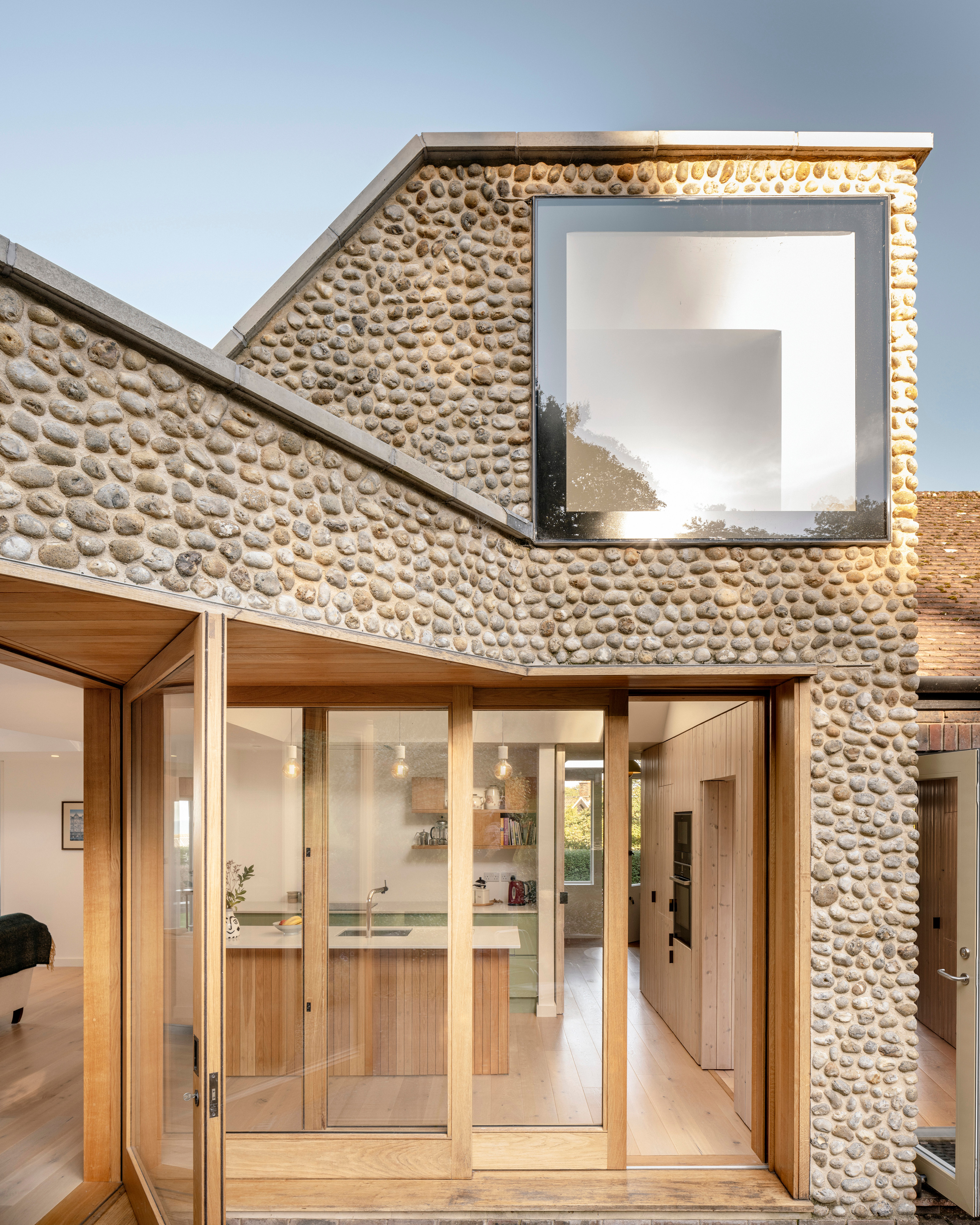
The new extension is clad in flint
Although the three-bedroomed house is set a fair distance from the North Sea coastline, its elevated position means distant views were available at the edge of the plot; the bungalow’s design ignored the sea altogether. The original H-shaped plan has been expanded with a modest flint-skinned extension, focused on a central chimney, as well as internal reconfigurations that raised the ceiling heights, expanded utility spaces and provided a more generous open-plan living area.
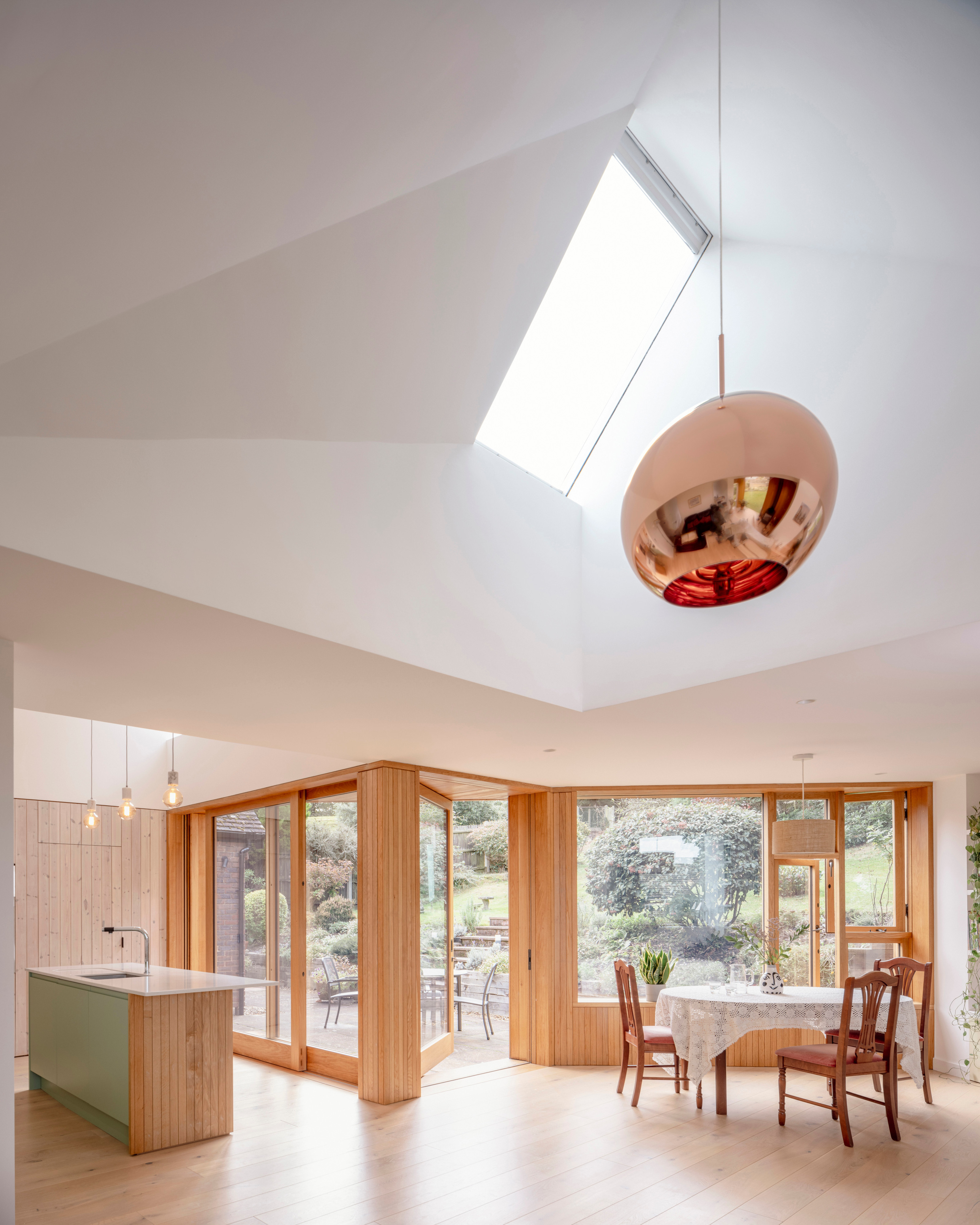
Internal spaces have been taken up into the roof
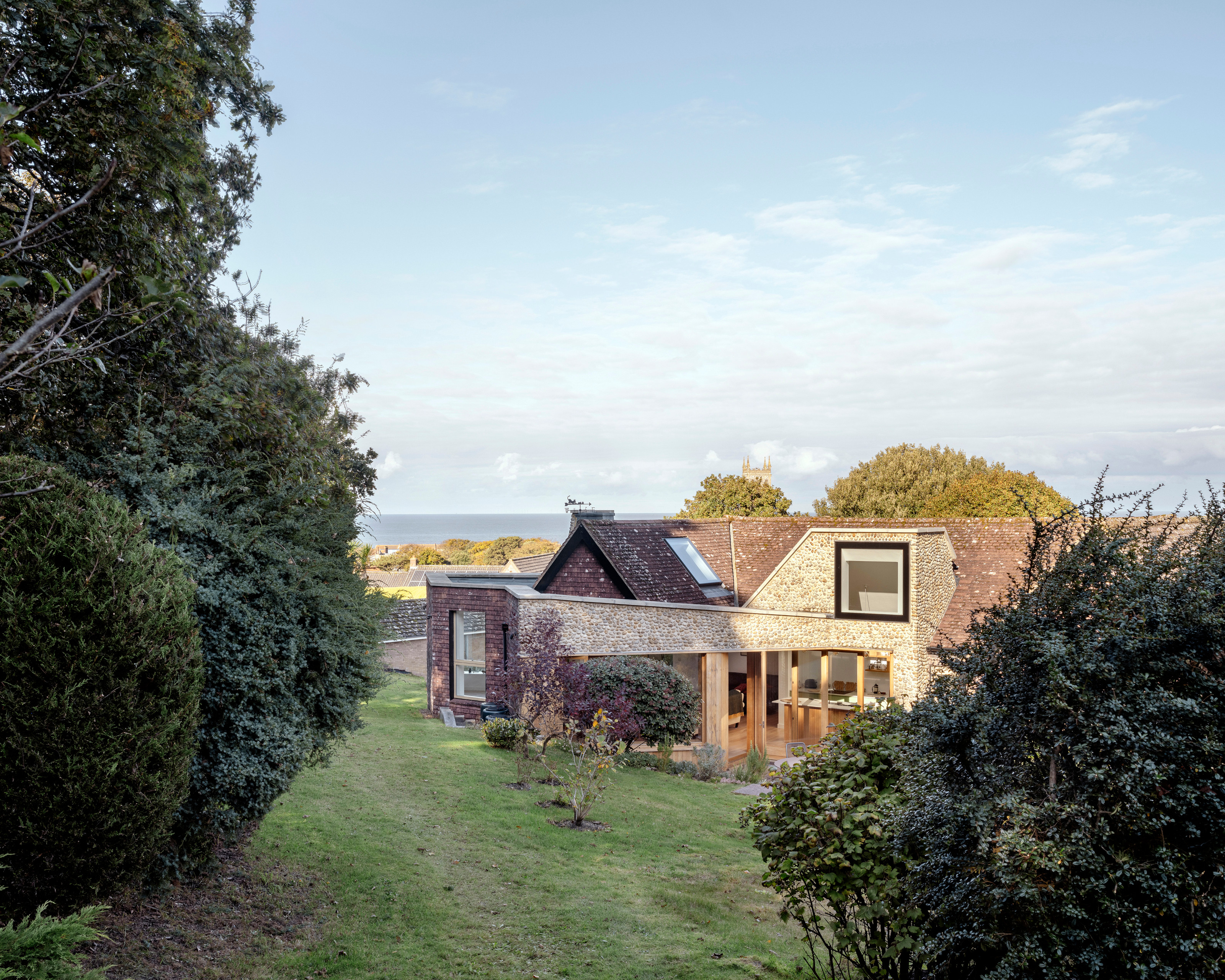
The North Sea can be seen in the distance, with the extension to the left
Step inside this transformation of a Norfolk bungalow
It was also important to retain the sense of a house as an intimate, sheltered space, so although there is a better relationship with the garden and distant views, it is by no means a transparent glass box that invites passers-by to gaze in. Partly this was achieved through the material choices, with a local flint wall giving the extension a monolithic appearance that contrasts strongly with the traditional brick walls and terracotta roof tiles of the existing house. The extension also uses roof tiles from the demolished original garage.
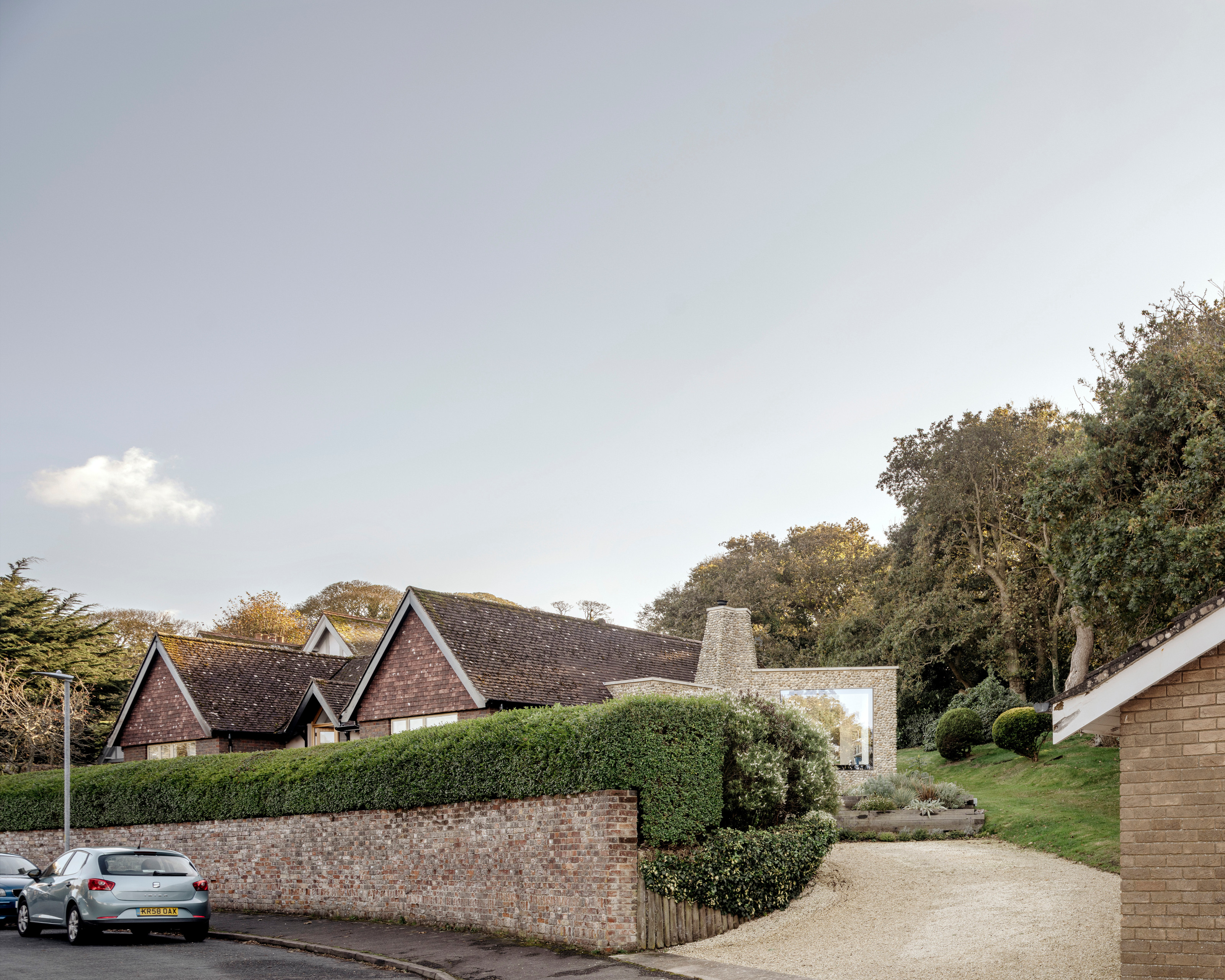
The house adjoins the East Wood, seen on the right of the picture
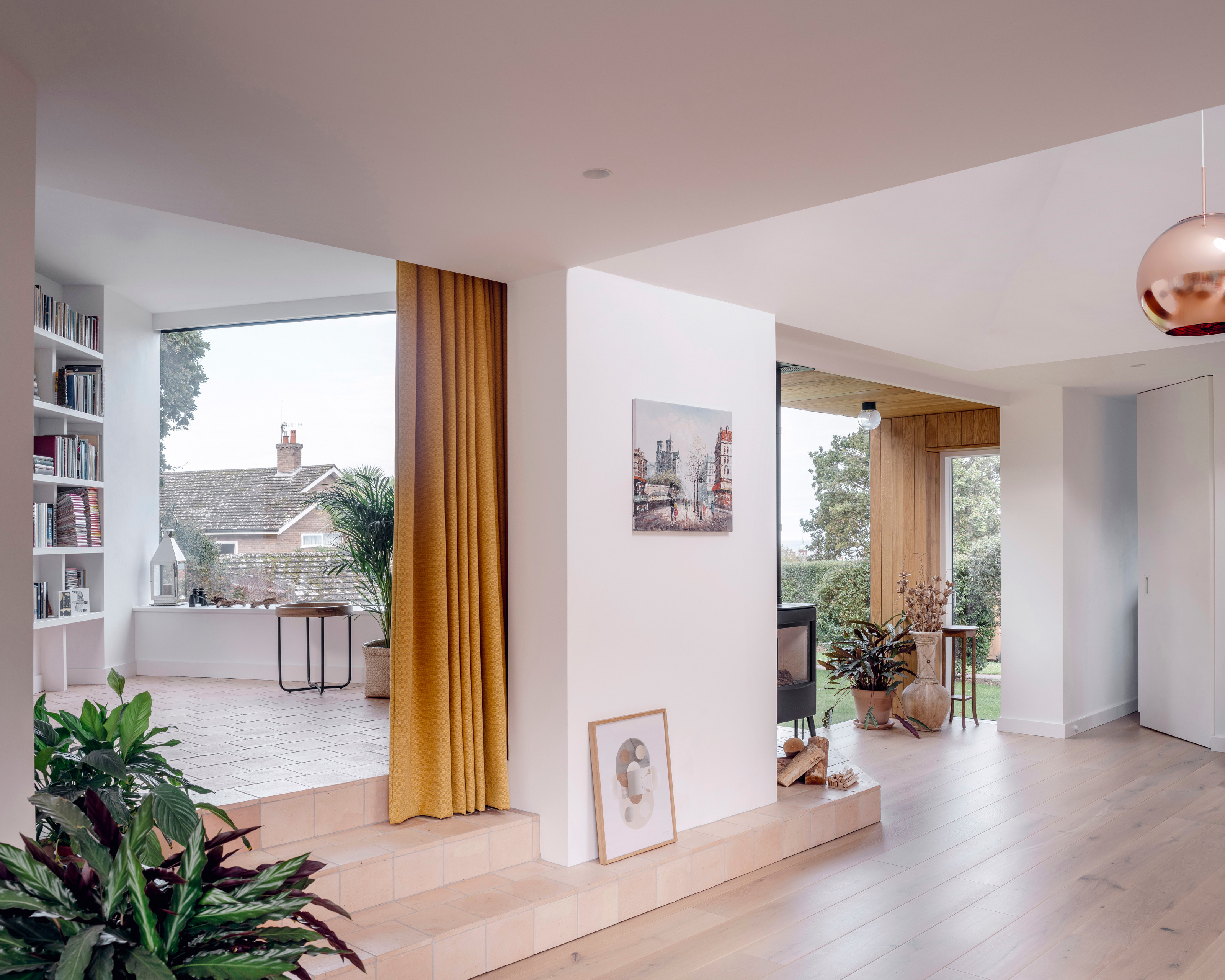
The extension forges new connections with the garden
The other key aspect of the site is that it borders the East Wood, a dense bit of local forest that provides the perfect outlook for the garden elevation, offering additional privacy and an ever-changing vista. The entire house was rewired and replumbed, with added insulation and high ceilings that reach up into the roof voids to enable stack ventilation.
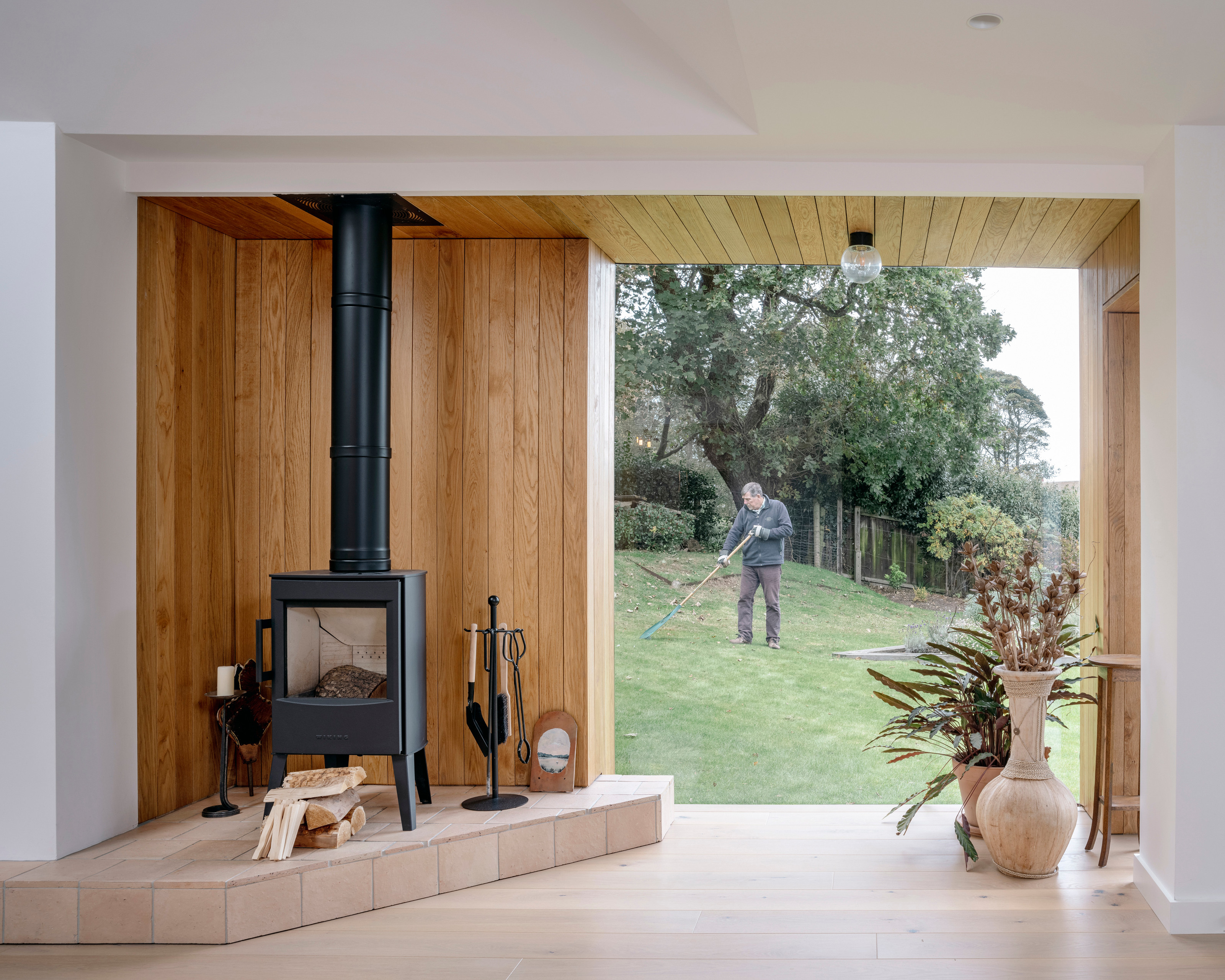
Looking out to the garden from the new extension
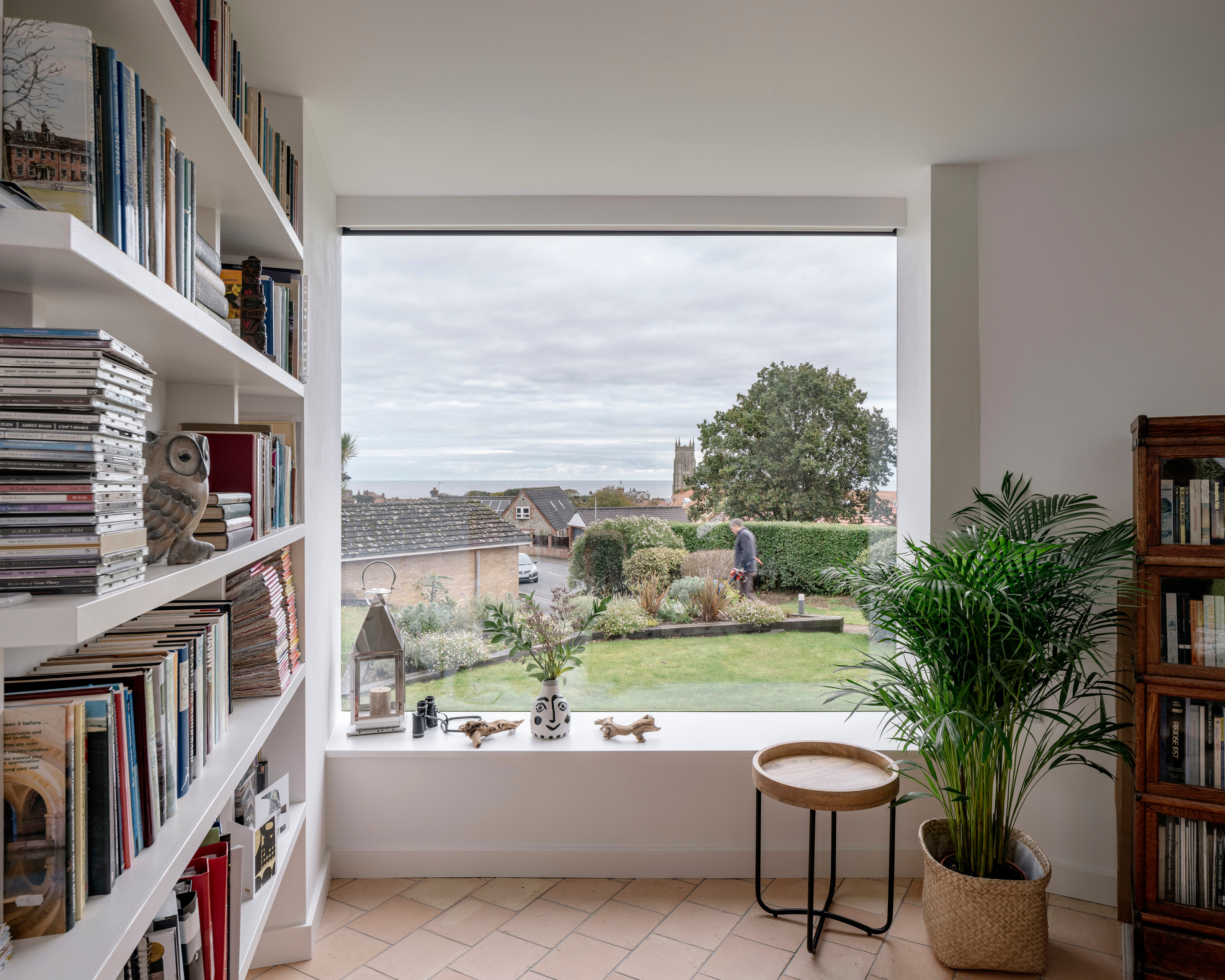
Large windows frame the new views
Much of the rubble from the demolition was re-used in the extension, with new windows carefully positioned to make the most of daylight and sunlight.
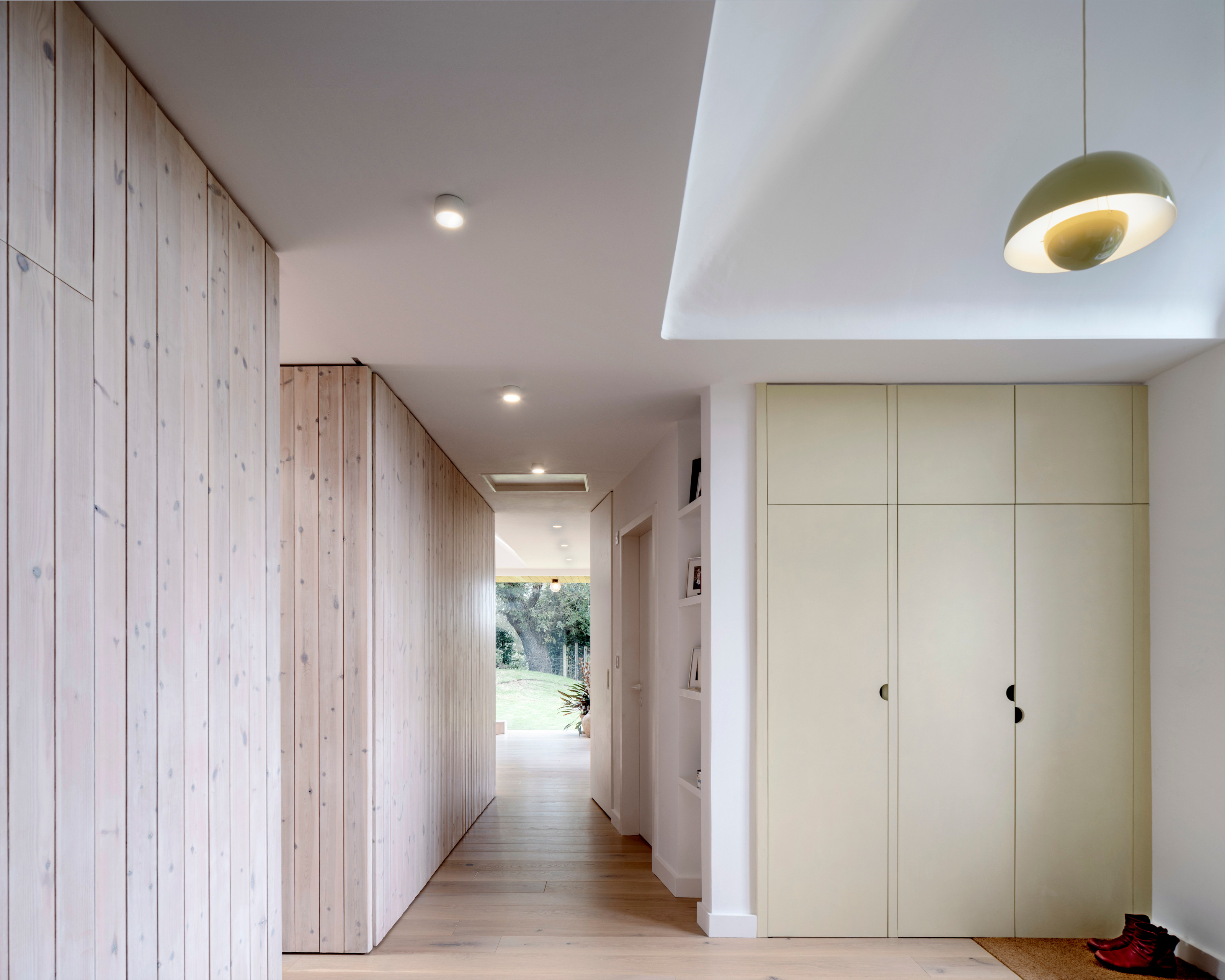
The project refurbished and enhanced the entire house
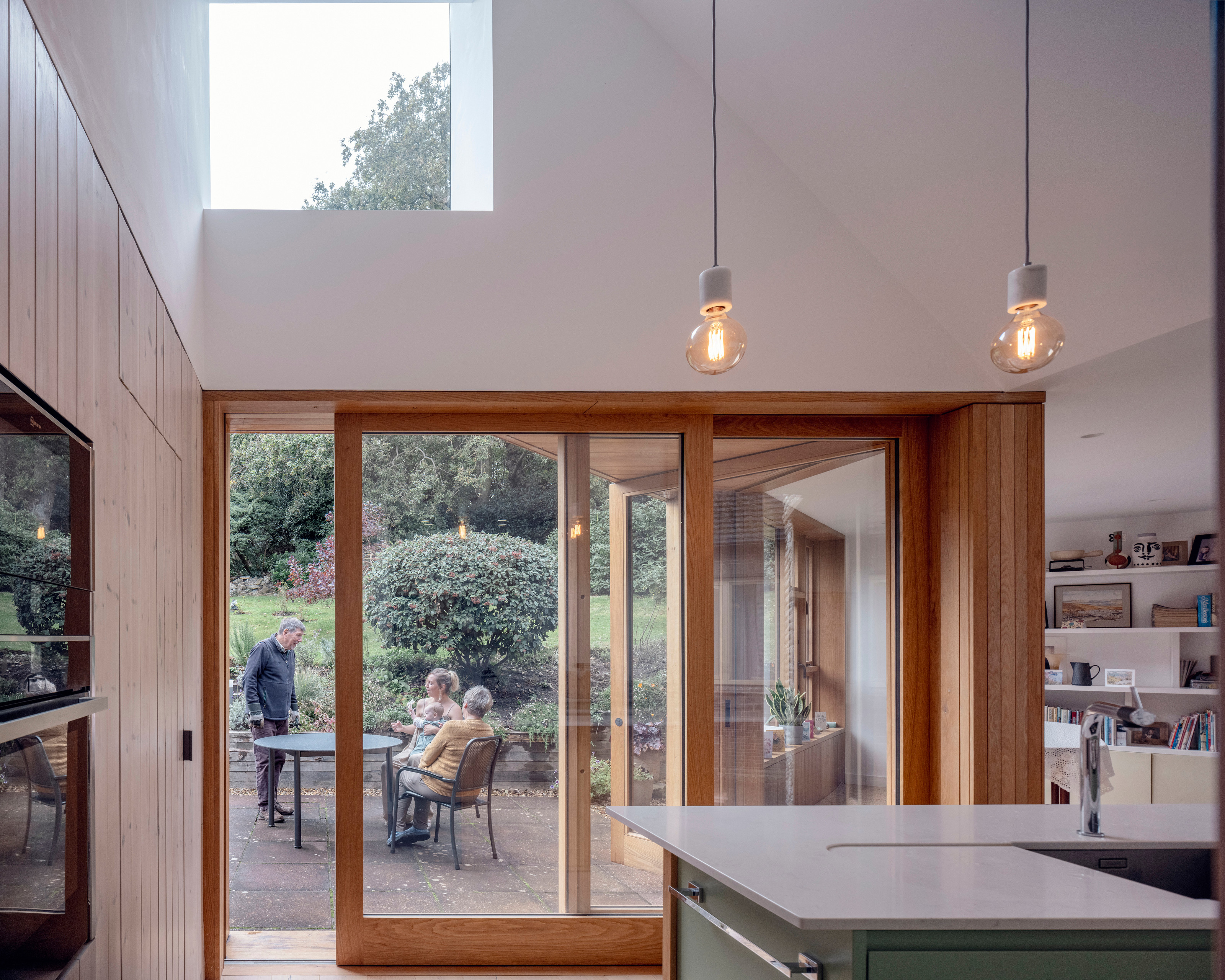
The new kitchen overlooks the woods
‘The design is a spatially and materially inventive response to a challenging but enchanting site,’ the architect says, emphasising how even a modest budget can work to completely transform a very typical UK typology. By pushing out and extending the building envelope into the surrounding gardens, the connections between inside and out have been enhanced, and the occupants have been rewarded with a distant view of the sea from their expanded living room.
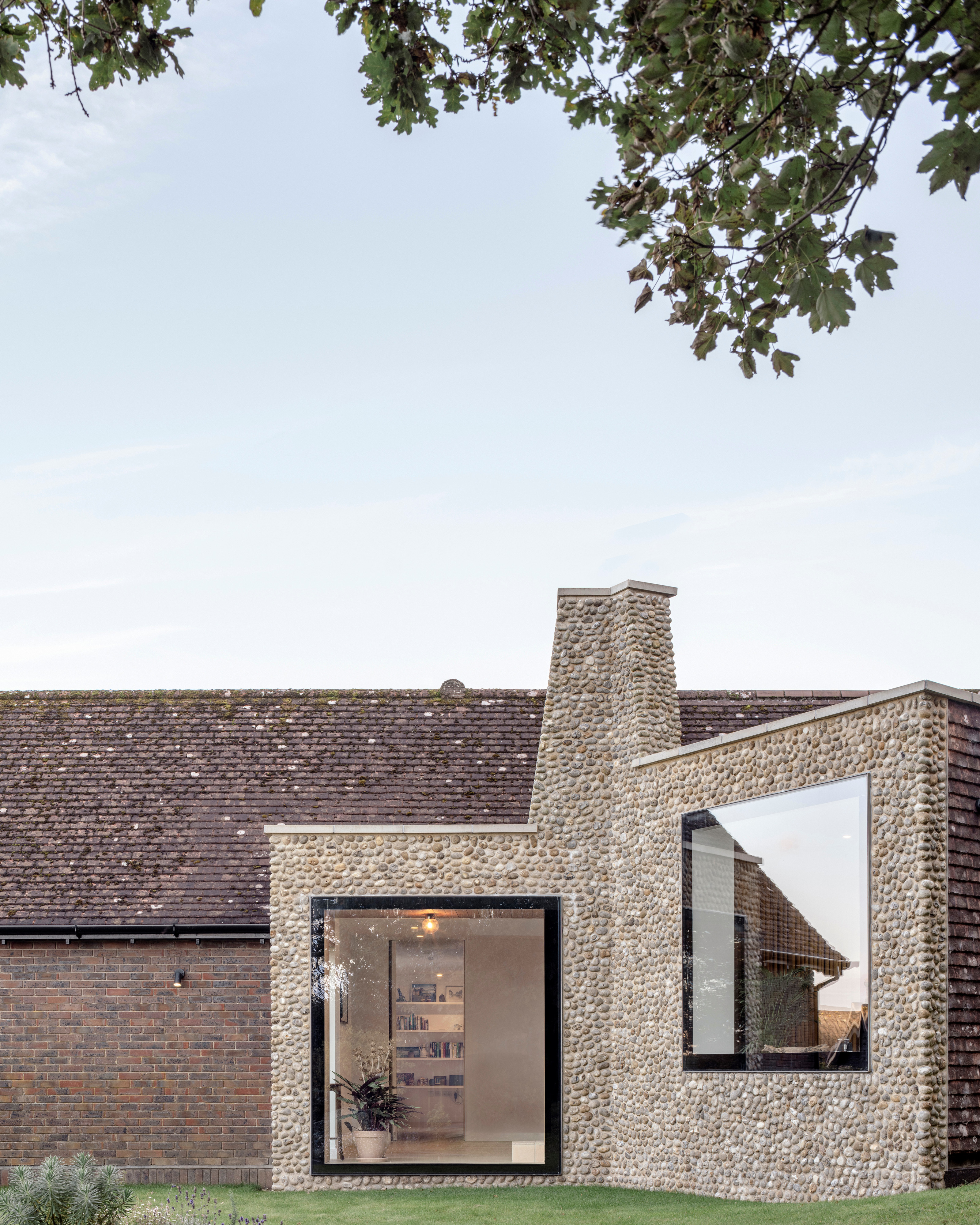
The new flint extension seen against the brick of the original house
Receive our daily digest of inspiration, escapism and design stories from around the world direct to your inbox.
Jonathan Bell has written for Wallpaper* magazine since 1999, covering everything from architecture and transport design to books, tech and graphic design. He is now the magazine’s Transport and Technology Editor. Jonathan has written and edited 15 books, including Concept Car Design, 21st Century House, and The New Modern House. He is also the host of Wallpaper’s first podcast.
-
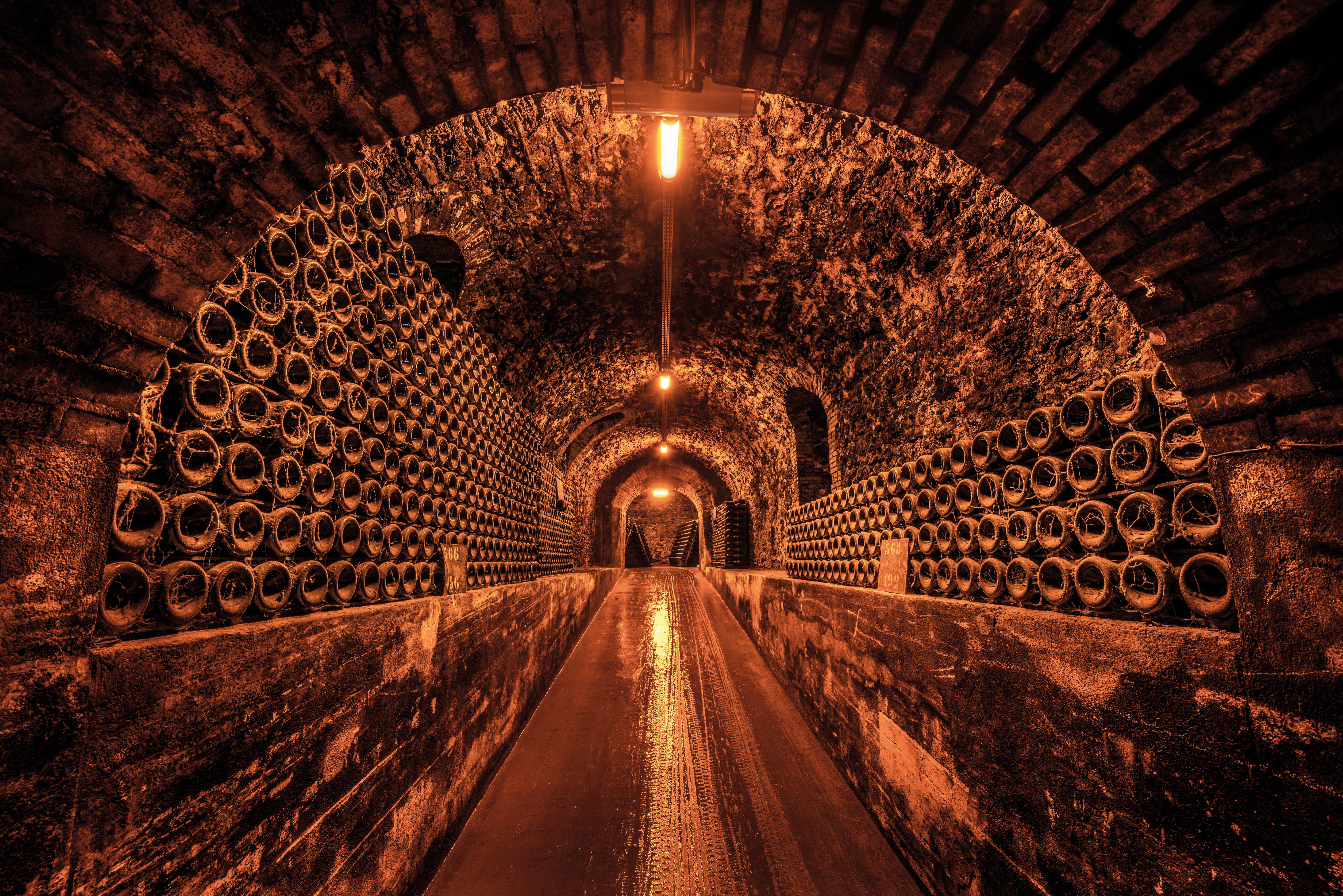 How Billecart-Salmon became the hospitality industry’s champagne of choice
How Billecart-Salmon became the hospitality industry’s champagne of choiceNeil Ridley ventures into a subterranean temple to patience and precision beneath the village of Aÿ-Champagne, France, and discovers a winery not of spectacle, but of soul
-
 In Baku Sakashita’s new lighting collection, hand-dyed silk threads are delicately illuminated
In Baku Sakashita’s new lighting collection, hand-dyed silk threads are delicately illuminatedIn ‘Haku’, ultra-fine LEDs are woven within plant-dyed threads, showcasing intricacy, artistry and traditional Japanese craftsmanship
-
 Discover the chic simplicity of CC-Steding jewellery
Discover the chic simplicity of CC-Steding jewelleryNic Farnan and Ben Chaplin create delicate silver jewellery in their east London studio
-
 You may know it as ‘Dirty House’ – now, The Rogue Room brings 21st-century wellness to Shoreditch
You may know it as ‘Dirty House’ – now, The Rogue Room brings 21st-century wellness to ShoreditchThe Rogue Room – set in the building formerly known as Dirty House by Sir David Adjaye, now reinvented by Studioshaw – bridges wellness and culture in London's Shoreditch
-
 The architectural innovation hidden in plain sight at Frieze London 2025
The architectural innovation hidden in plain sight at Frieze London 2025The 2025 Frieze entrance pavilions launch this week alongside the art fair, showcasing a brand-new, modular building system set to shake up the architecture of large-scale events
-
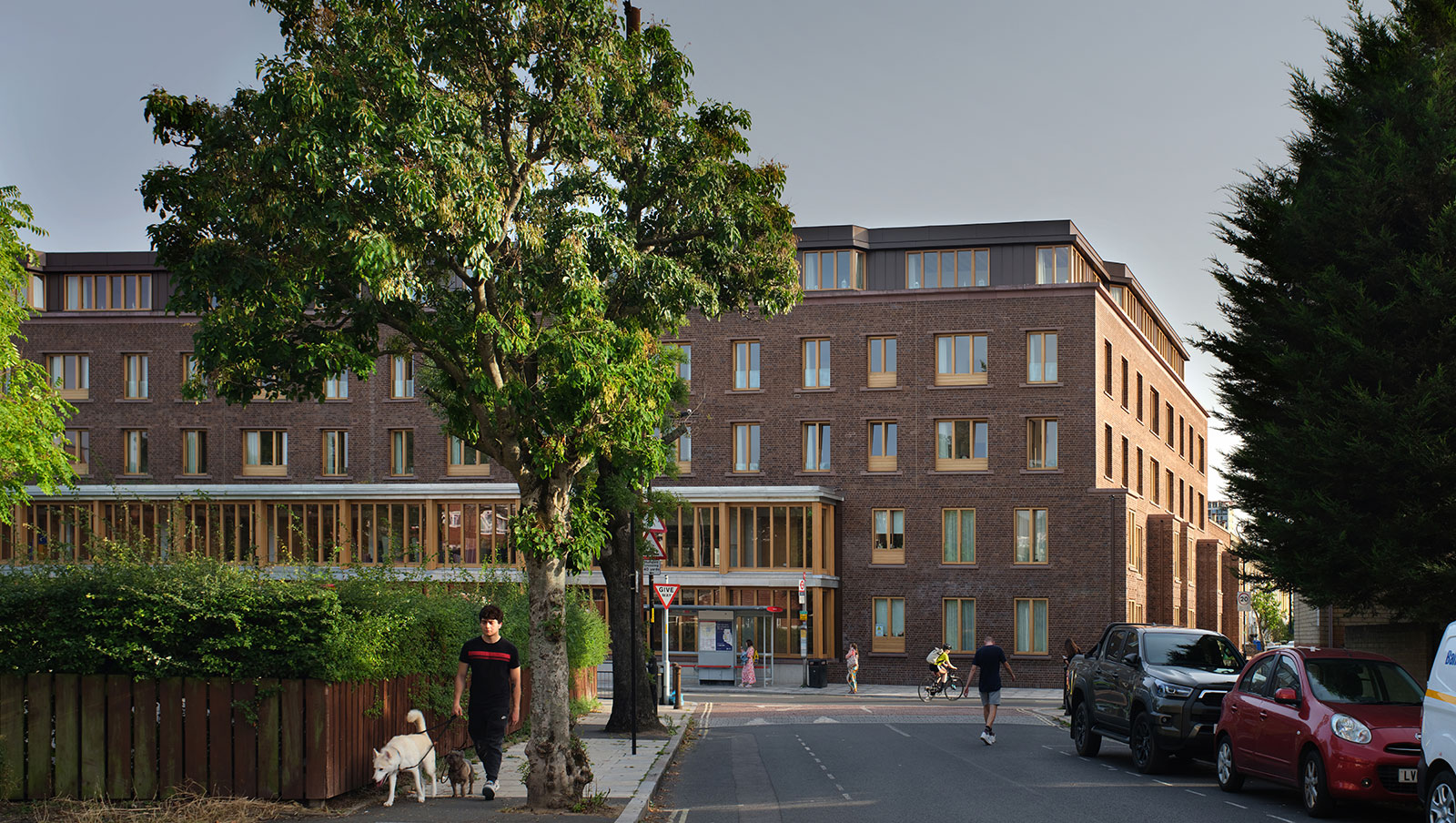 RIBA Stirling Prize 2025 winner is ‘a radical reimagining of later living’
RIBA Stirling Prize 2025 winner is ‘a radical reimagining of later living’Appleby Blue Almshouse wins the RIBA Stirling Prize 2025, crowning the social housing complex for over-65s by Witherford Watson Mann Architects, the best building of the year
-
 ‘Belonging’ – the LFA 2026 theme is revealed, exploring how places can become personal
‘Belonging’ – the LFA 2026 theme is revealed, exploring how places can become personalThe idea of belonging and what it means in today’s world will be central at the London Festival of Architecture’s explorations, as the event’s 2026 theme has been announced today
-
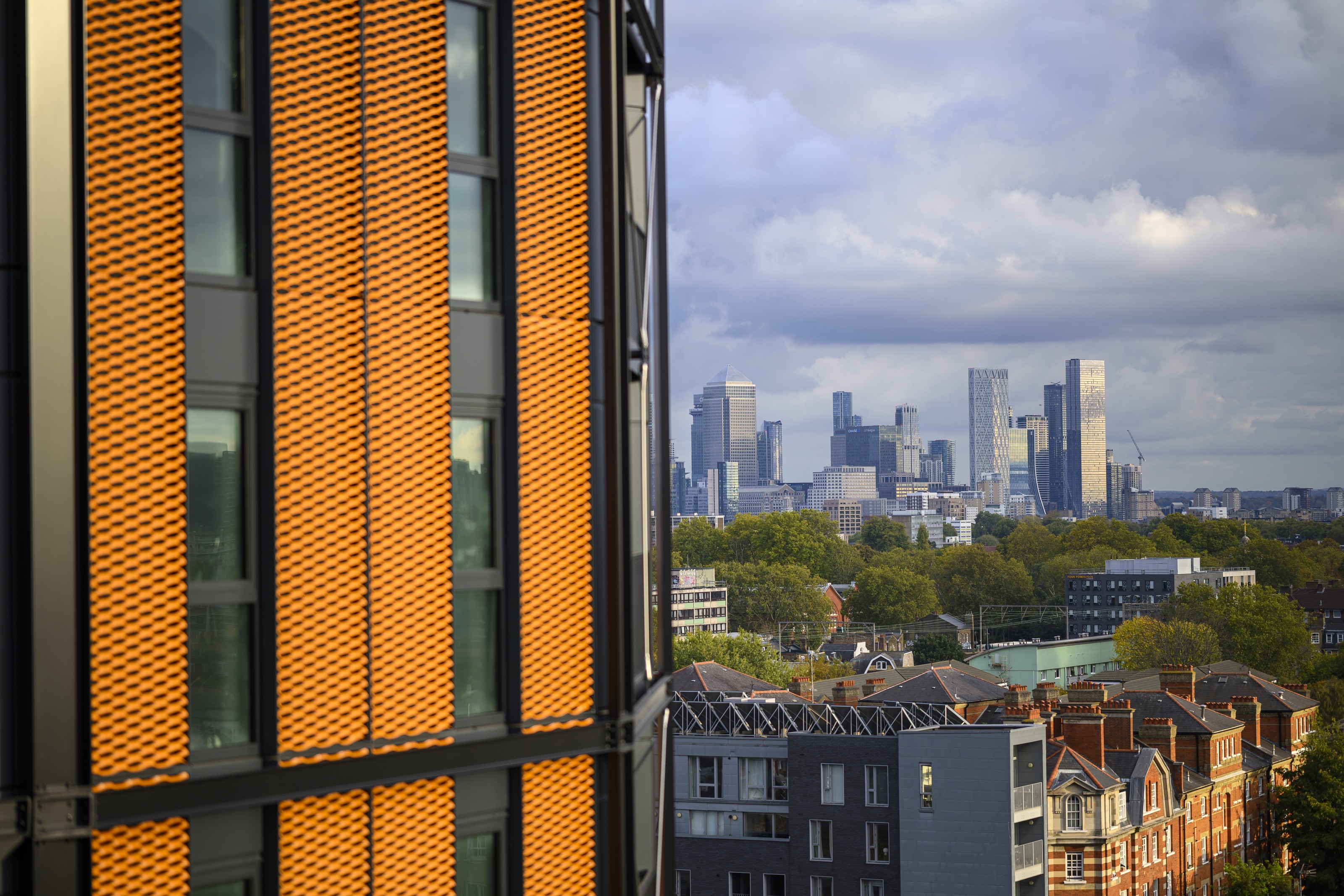 Join us on a first look inside Regent’s View, the revamped canalside gasholder project in London
Join us on a first look inside Regent’s View, the revamped canalside gasholder project in LondonRegent's View, the RSHP-designed development for St William, situated on a former gasholder site on a canal in east London, has just completed its first phase
-
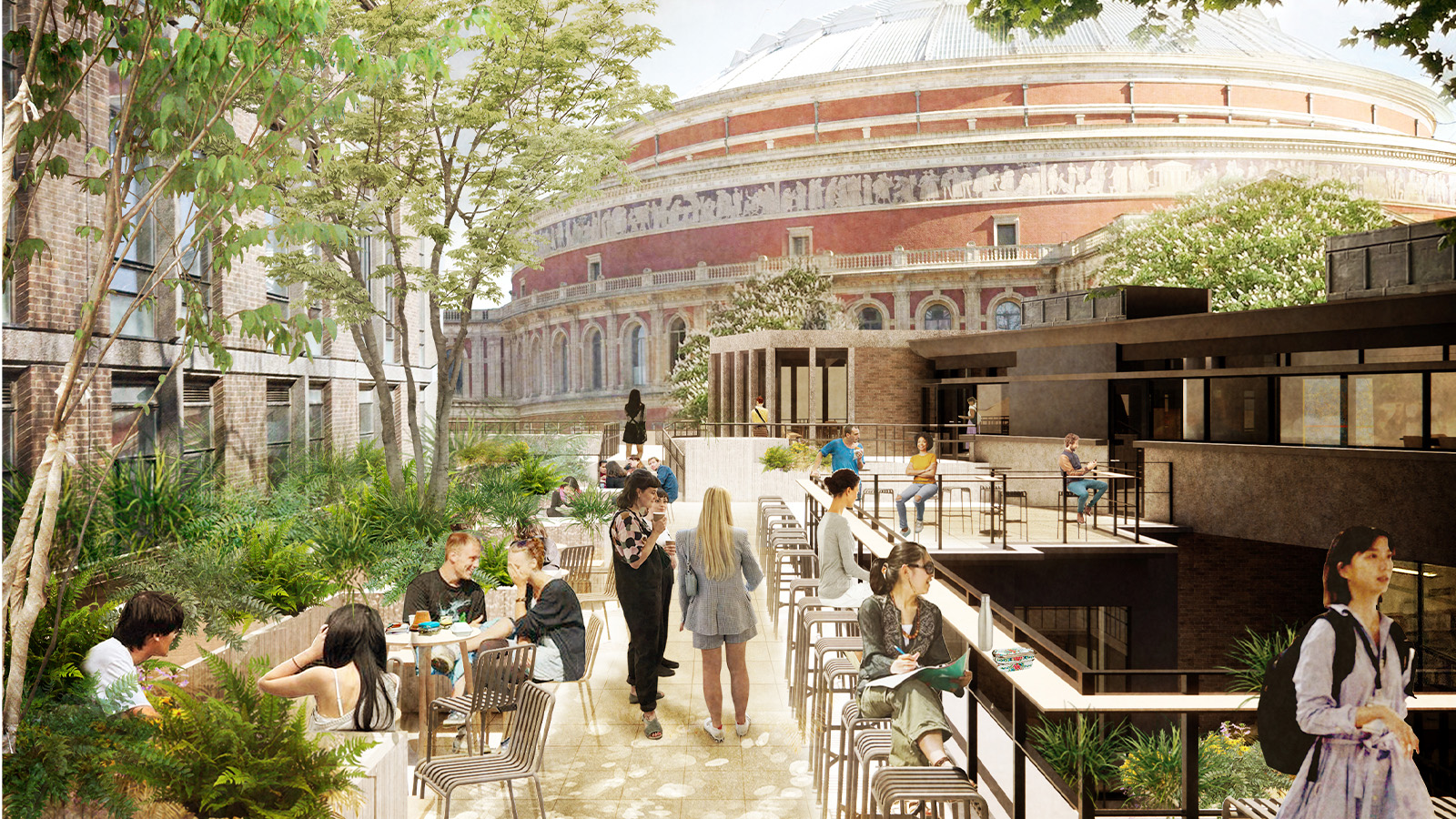 The Royal College of Art has announced plans for renewal of its Kensington campus
The Royal College of Art has announced plans for renewal of its Kensington campusThe Royal College of Art project, led by Witherford Watson Mann Architects, includes the revitalisation of the Darwin Building and more, in the hopes of establishing an open and future-facing place of creativity
-
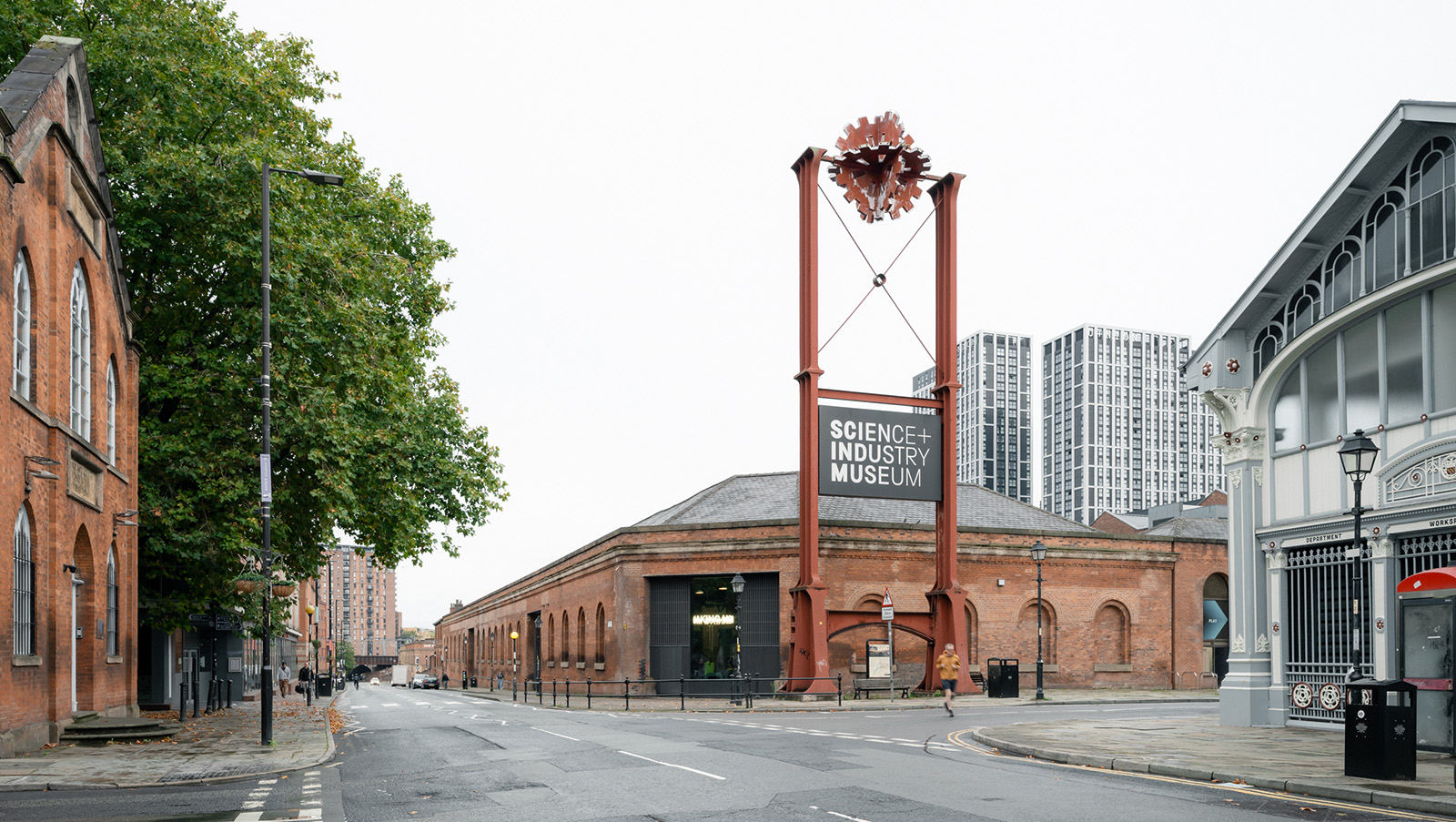 Power Hall’s glow-up shines light on science and innovation in Manchester
Power Hall’s glow-up shines light on science and innovation in ManchesterPower Hall at The Science and Industry Museum in Manchester was given a spruce-up by Carmody Groarke, showcasing the past and future of machines, engineering and sustainable architecture
-
 Celebrate the angular joys of 'Brutal Scotland', a new book from Simon Phipps
Celebrate the angular joys of 'Brutal Scotland', a new book from Simon Phipps'Brutal Scotland' chronicles one country’s relationship with concrete; is brutalism an architectural bogeyman or a monument to a lost era of aspirational community design?